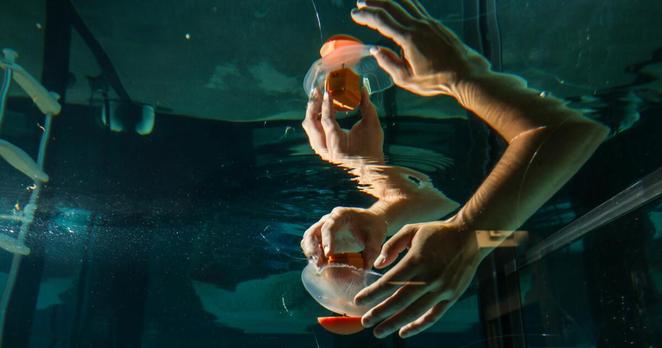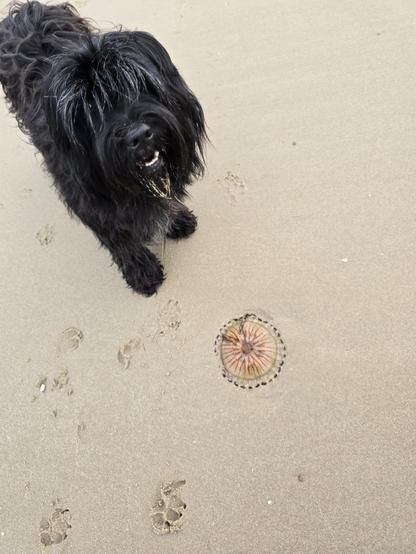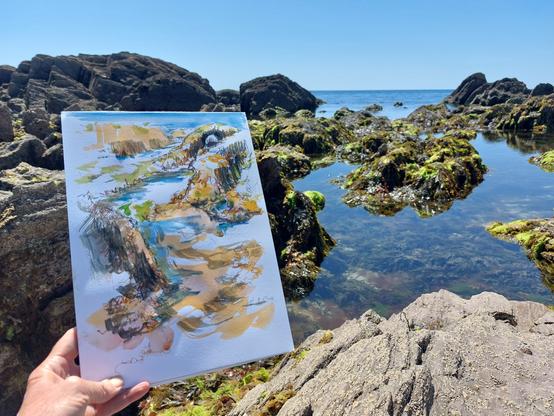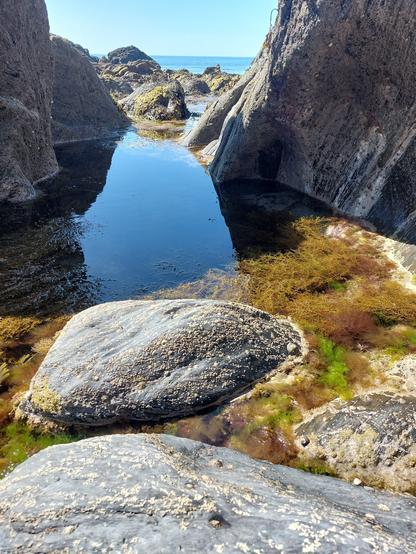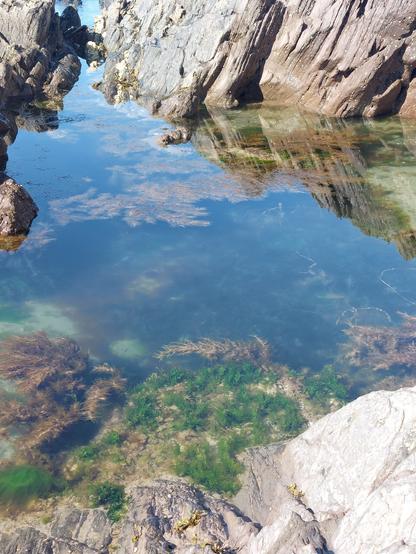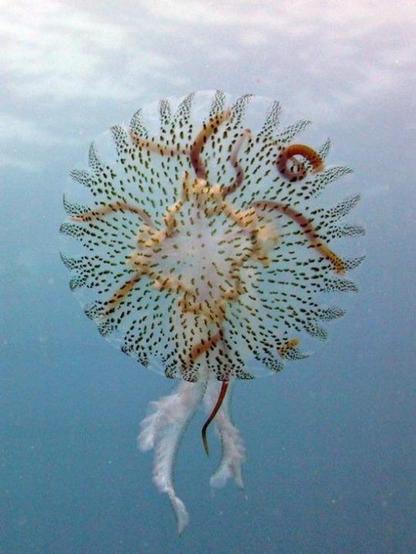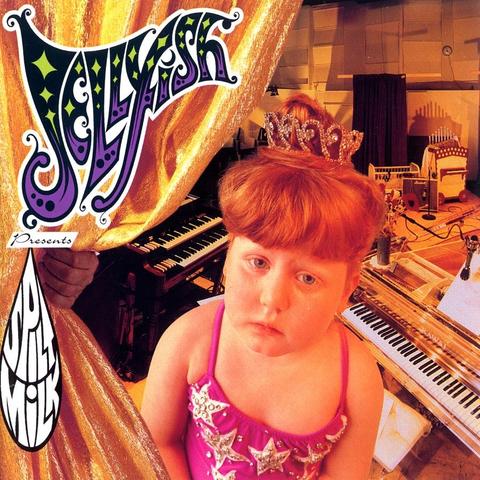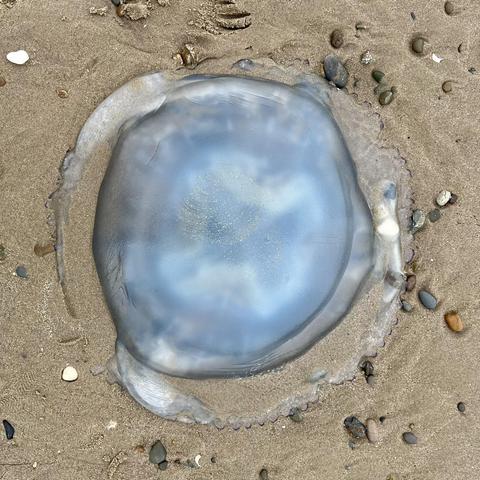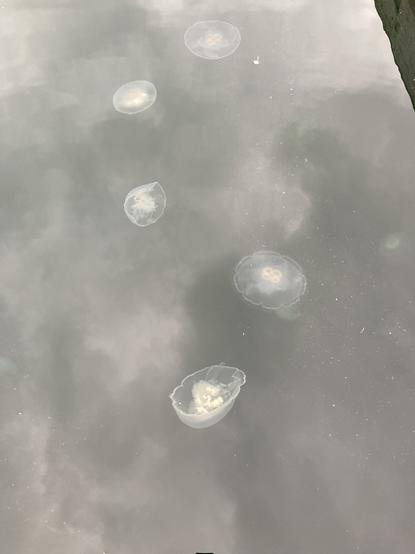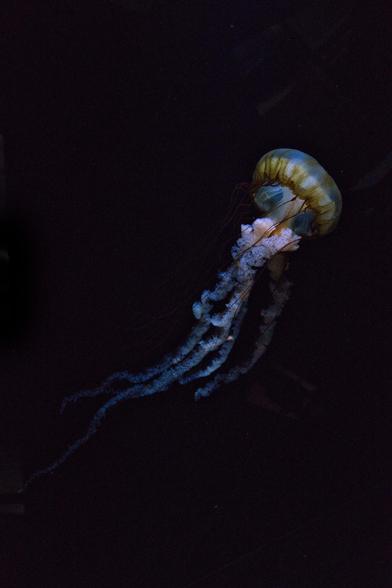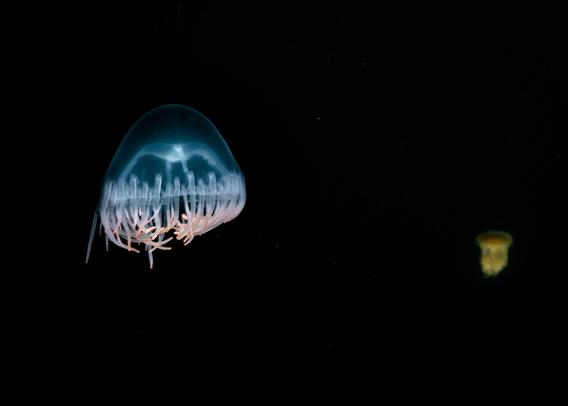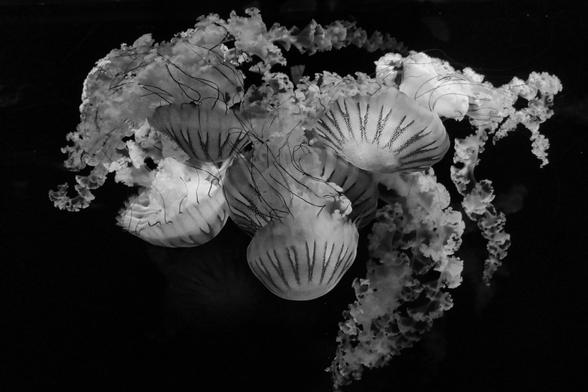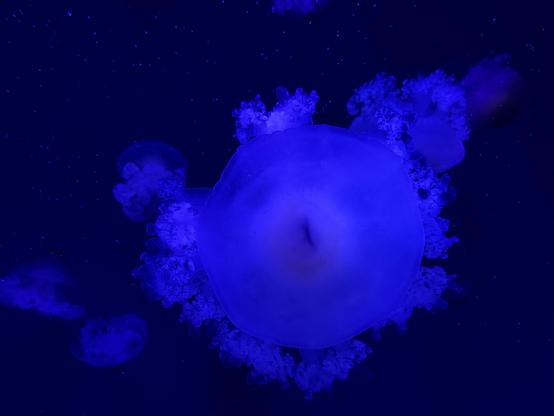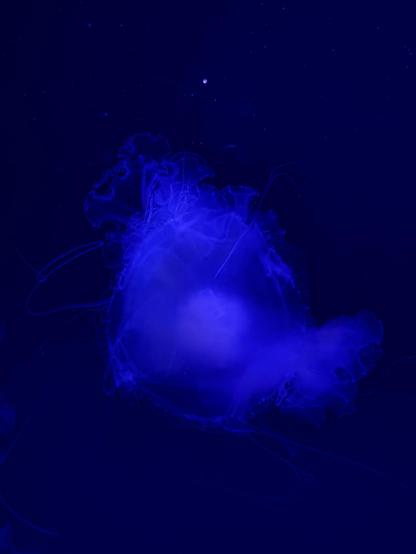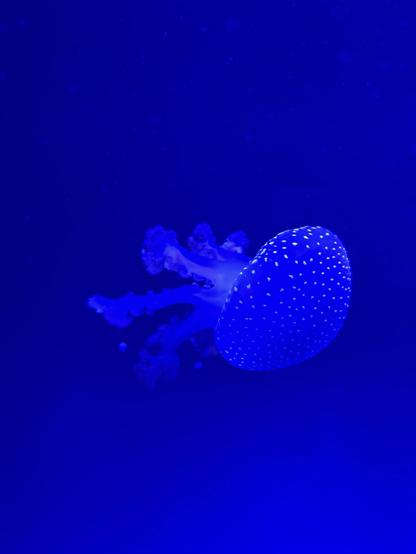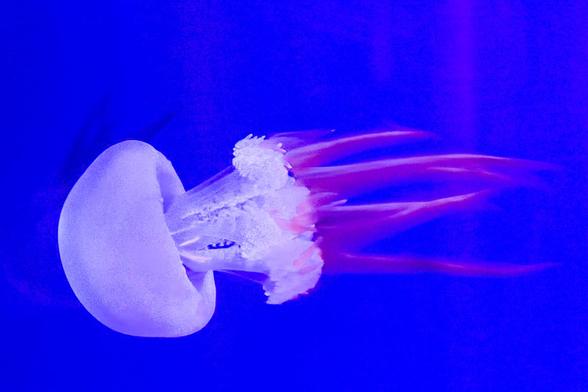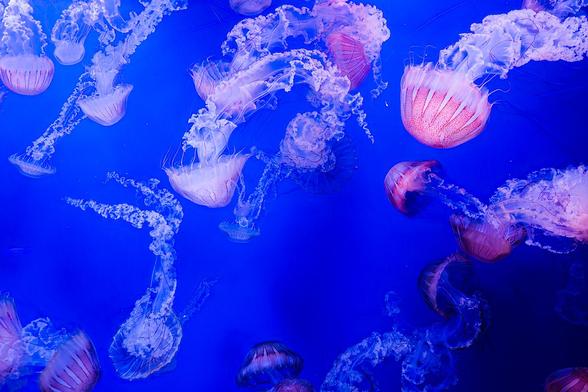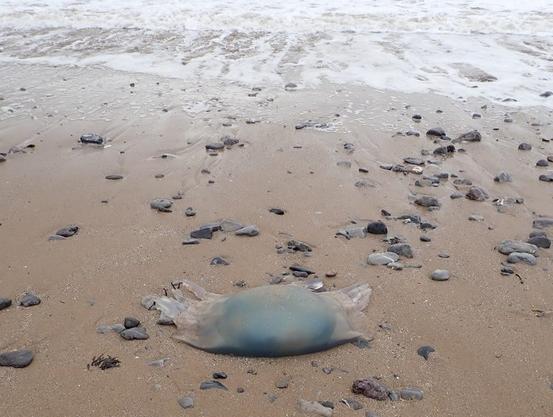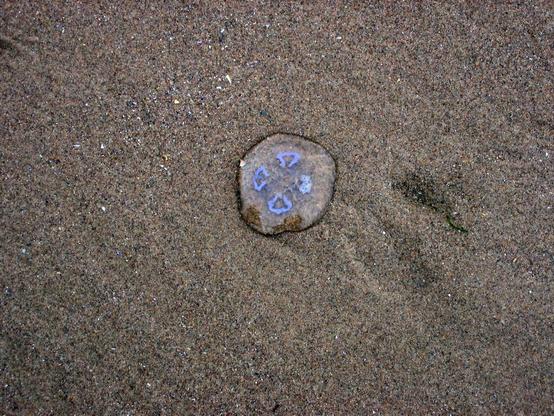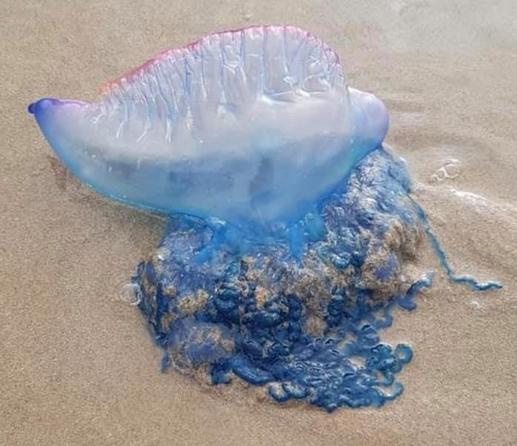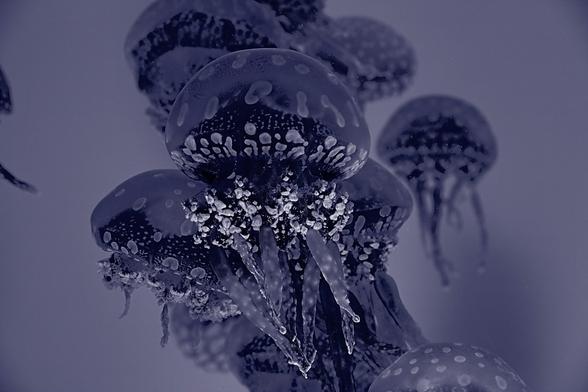Painter - Anna Rona
Series of Paintings - Freedom
Title - Swimming
Technique - Oil on canvas
Dimensions - 100 cm x 80 cm x 2 cm
Year of Creation - 2025
Painting available for purchase.
#paintings #annarona #freedom #jellyfish #sea #fish #people #water #environment #natural
#JellyFish
#TheMetalDogArticleList
#BraveWords–WhereMusicLives
Watch SLASH’S SNAKEPIT Live At Pinkpop 1995; Pro-Shot Video
https://bravewords.com/news/watch-slashs-snakepit-live-at-pinkpop-1995-pro-shot-video/
#SlashsSnakepit #Slash #Pinkpop1995 #GunsNRoses #MattSorum #GilbyClarke #MikeInez #EricDover #AliceInChains #Jellyfish
Cyborg jellyfish could help uncover the depths and mysteries of the Pacific Ocean
For years, science fiction has promised a future filled with robots that can swim, crawl and fly like…
#UnitedStates #US #USA #america #animal #cyborgjellyfish #dabirilab #depth #device #electrode #environmentaldatum #graduatestudent #jellyfish #noayoder #ocean #project #researchlab #robot #roboticattachment #science #technology #unitedstatesofamerica
https://www.europesays.com/2241485/
Calling all mystics and fantasy lovers! 🌿🧜♀️ This deck, with herbs and jellyfish vibes, will ensure you dominate every game you play! 🃏 #GameOn #FantasyMagic #alilthisandthat #trending #GiftIdeas #deckofcards #cards #playingcards #gamenight #cardgame #jellyfish #potion #mystic #witchy
Kijk baasje wat ik gevonden heb!
#pixelfed #PixelfedCommunity #hobbyphotography #hobbyphotographer #hobbyfotografie #dogsofmastadon #kwal #noordzeekust #schapendoes #beach #jellyfish
In my #happyplace Beautiful #snorkelling with huge compass #jellyfish, comber and gilthead, I think, as well as goby, myriad unidentifiable small silver fish, beadlet #anemone and #snakelocksanemone #art #sketchbook #sea #ocean #sketching #artist #watercolour #mixedmedia
✨ A Sprinkle of JoyousJoyness ✨
Just another day in the ocean...
Have a JoyousJoyfulJoyness day!
#dessin #drawing #art #fediart #watercolor #aquarelle #monstre #agressif #rumeur #chatouilles #poisson #fish #jellyfish #mastoart
Jellyfish
#jellyfish
2:39am Russian Hill by Jellyfish from Spilt Milk
#KJAC #TheColoradoSound #Jellyfish
Dustbin Lid Jelly Fish on Tywyn beach in Wales
Blooping along
#FotoVorschlag "Tiere" (ohne Hund und Katz)
#jellyfish
4:27pm Russian Hill by Jellyfish
#KJAC #TheColoradoSound #Jellyfish
Cuando la medusa Eperetmus typus se siente amenazada, retrae sus tentáculos a su umbrela o campana.📷Pat Webster #medusas #jellyfish
There’s something mesmerizing in jellyfishes
#jellyfish
#medusa
#meduza
#jellyfish #aquarium #marine #nature #blue #phonephotography #photography
Scientist explains why Welsh beaches are inundated with Jellyfish this summer
As the waters off Wales get warmer, they create a more favourable environment for the reproduction and survival of jellyfish, leading to a booming population of them in British and Irish seas – and even rivers!
While these creatures are fascinating, they can, in many cases, deliver a painful sting to bathers. Although in the UK none are known to eb fatals, they can seriosuly ruin a day at the beach!
It’s also worth remembering that if they sting small children and pets they cause serious reactions. So, it’s worth knowing which jellyfish you’ve encountered and which ones to avoid.
Moon Jellyfish on Rhossili Beach(Image: Adrian Platt / Geograph)
Jellyfish Species currently living
Moon Jellyfish (Aurelia aurita): This jellyfish has a translucent dome shaped bell with four distinct horseshoe-shaped purple rings (called gonads) visible through its bell. This jellyfish delivers a mild sting. The most commong jellyfish in british waters, hundreds of these have been spotted in the waters and washed up near Porthmadog this month.
Lion’s Mane Jellyfish (Cyanea capillata): This jellyfish is usually a yellow,orange or brown colour and is famous for its long and trailing tentacles. It can deliver a painful sting if you encounter it while swimming.
Barrel Jellyfish (Rhizostoma pulmo): This large mushroom shaped jellyfish can be white, baby pink or pale blue and is sometimes fringed with purple markings, it has a large, robust bell and is usually white or pale blue. Its sting is usually mild.
Compass Jellyfish (Chrysaora hysoscella): this Jellyfish has a clear or yellow tinged bell and has distinctive brown markings that radiate from its centre like a compass. It can deliver a painful sting. These are fequently spotted on the waters around Anglesey.
Mauve Stinger (Pelagia noctiluca): As its name would suggest this jellyfish had a deep purple coloured bell with dark wart-like patterns. It has four frilled arms and eight long tentacles. Another jellyfish known for its painful sting.
Portuguese Man o’ War (Physalia physalis): Technically not a jellyfish, however if its long venomous tentacles deliver a serious sting, you’re unlikely to be too worried about technicalities. Its trailing tentacles are attached to a distinctive blue, balloon-like float. Keep pets and children away from them if spotted.
Portuguese Man o’ War on Langland BeachGenevieve Watson, Biologist at KISTERS explains why Jellyfish have become such a common sight on British beaches in recent years: “Rising sea temperatures are having a direct impact on marine life in all kinds of ways. Warmer waters can expand the habitat of marine species such as stingrays and jellyfish, allowing them to thrive in our coastal regions – areas that would have previously been too cold for them.
“This is something that feels particularly noticeable as we are seeing these changes happening within our lifetimes.
“Few of us will look back to our childhood and remember ever seeing a stingray or jellyfish in the water at the seaside, but actually, for our children and grandchildren, this could be an increasingly common sight.
“It’s most noticeable with jellyfish, as they are able to thrive in conditions that other marine life may not, because of their higher resilience to warmer temperatures.
“We’ve seen increased reports over recent years of jellyfish blooms on the Welsh coast as their population has exploded due to increasingly warm waters, it’s highly possible that stingrays could be next.”
#beach #Environment #jellyfish #LanglandBay #OxwichBay #RhossiliBeach
Baby Jellyfish, ephyra, at the Seattle Aquarium #silentsunday #jellyfish #sea #life #oceanlife #aquarium #seattle #nature #naturephotography #photo #ephyra


